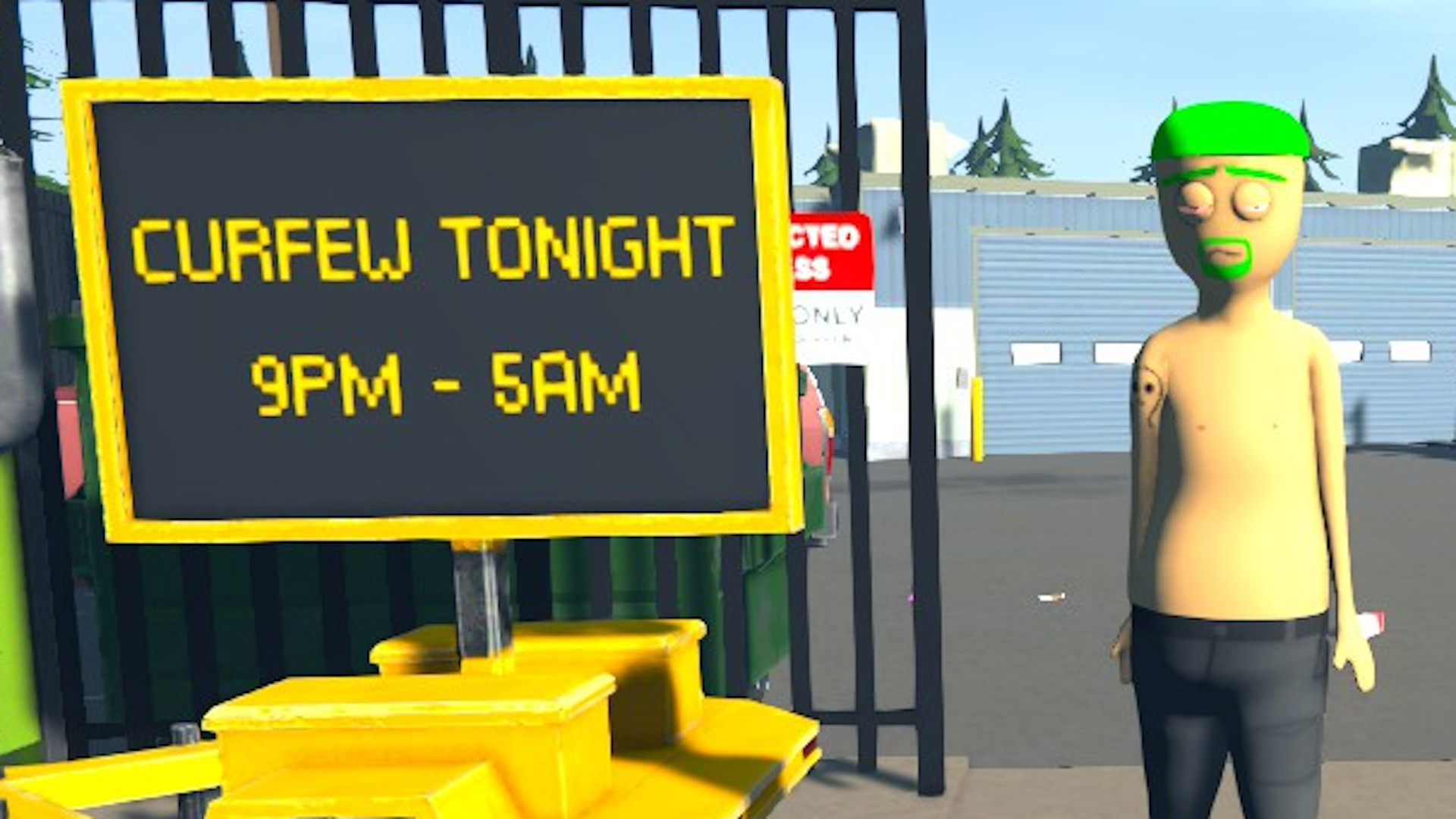
Schedule 1 is about doing chores. Picking up bags of soil from the hardware store, watering plants, restocking the back shelf, trying and failing to finish deliveries on time—besides the occasional scrape with the fuzz, being an amateur drug dealer is as mundane as any other customer service job.
It’s so mundane that I expected Schedule 1 to get boring by the fifteenth time I’d lugged a bulk order of plastic baggies to my crappy apartment, but like my latest strand of weed called “Wedding Ass,” the drug-dealing sim dominating Steam right now is undeniably habit-forming.
Chalk up that success to a lot of smart design choices from developer TVGS—its constant sense of progression, clockwork open world, expressive characters, gratifying supply/demand loop, day one co-op support—but I reckon Schedule 1’s secret sauce is a crafting system that doesn’t suck.
Nothing kills my buzz faster in a simulator than when most of the “simulating” happens in menus. Schedule 1 is the total opposite. Every step of the drug manufacturing process, from setting up dead drops, growing plants, cultivating their righteous herb, and bagging it up into product, is hands-on. It’s busywork, but chores don’t feel like chores when you turn them into minigames.
Pouring soil? That’s a minigame.
Planting seeds? Separate minigame.
Watering plants? Another minigame.
Snipping plants? Minigame.
Bagging up product? Minigame.
It’s remarkably involved. And once I’ve packed my herbs, I still have to list the product, set a price, and find customers who want it. If I do that enough, and they start finding me, customer satisfaction becomes its own minigame of balancing a drug dealing schedule. I don’t know if I’ve ever played a farming game that makes me jump through as many hoops to make money.
It’s weird to say this about illicit goods, but all the trouble I go through for one stack of “OG Kush” gives me a small sense of pride when a regular hits me up for another nine bags, and a constant worry that I’m undervaluing my own product.
That goes double now that I’ve started inventing new strains with a mixing station. Mixing adds yet another step to the manufacturing process, letting me mix harvested buds with random crap from the corner store, like cola, painkillers, or mouthwash. My masterpiece, “Sexy Shart,” has donuts in it.
The mixing station might be my least favorite minigame because you’re just throwing stuff in a blender and hitting a button, but there is a bit of tension when I try to grip multiple items at once and something slips out of my hand.
But my new favorite toy in my ramshackle drug den is the upgraded packaging station. It’s a beautiful piece of tech with a central rotary that speeds up the bagging process. I like that it’s faster, but the real draw is the new minigame that replaces the old packaging task. Now it’s about timing—holding D to rotate the empty baggies and shooting herbs into each one with spacebar.
It’s worth repeating that this is difficult to pull off. Where most games with elaborate crafting prefer to focus on the results and skip the process, Schedule 1 injects little doses of simulation everywhere it can. Skilled, immersive game design.
Up until now, I’ve been a one man weed factory. But now that I’ve got a dealer on payroll and requests that outpace how fast I can make the good stuff, the next step is hiring folks to grow, cultivate, and package stuff for me. I’m not sure if the game will maintain the same charm once most of these tasks are automated, but I suppose that’s just another way Schedule 1 is an accurate simulator. You get into it for the love of the game, but you keep on expanding until, one day, you’ve gone corporate.
Source link










Add comment